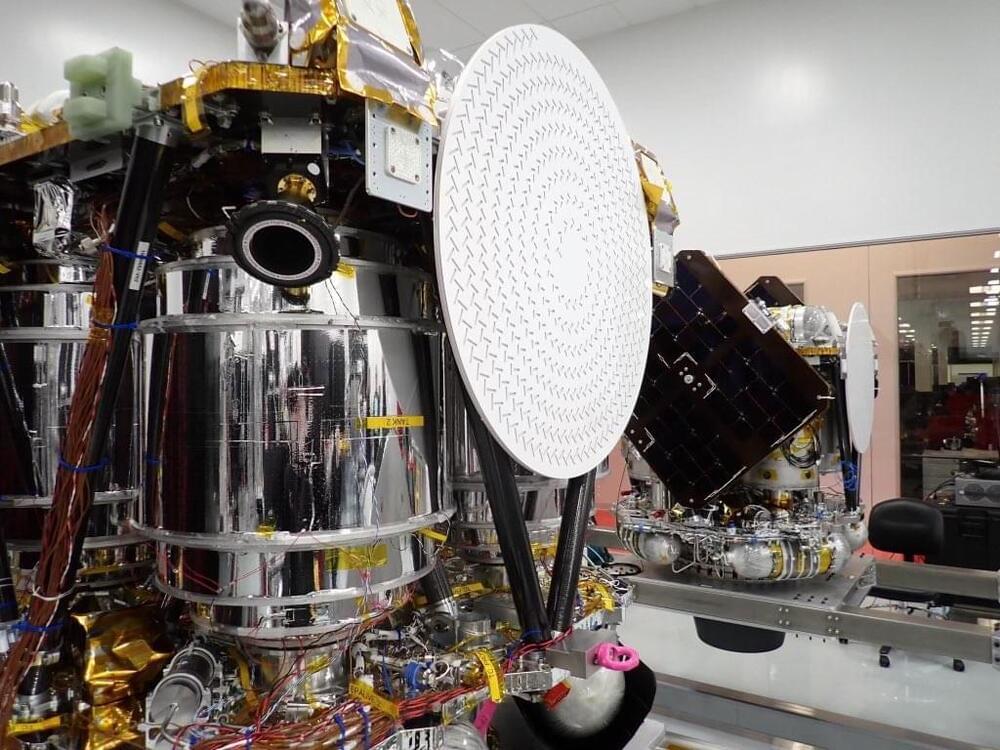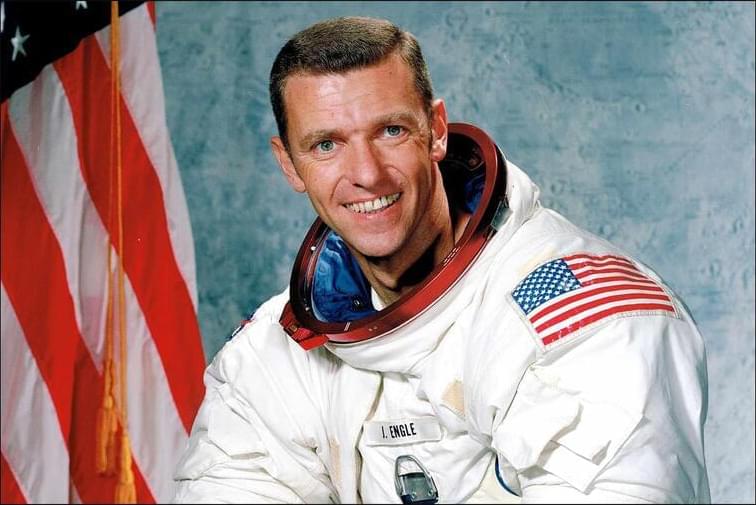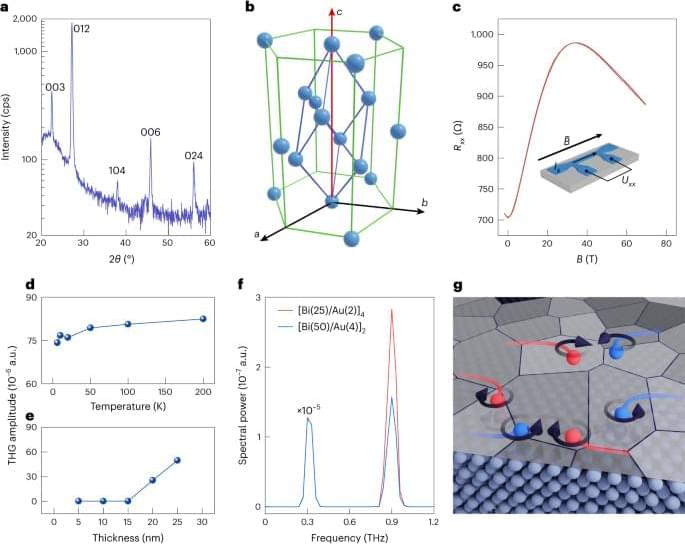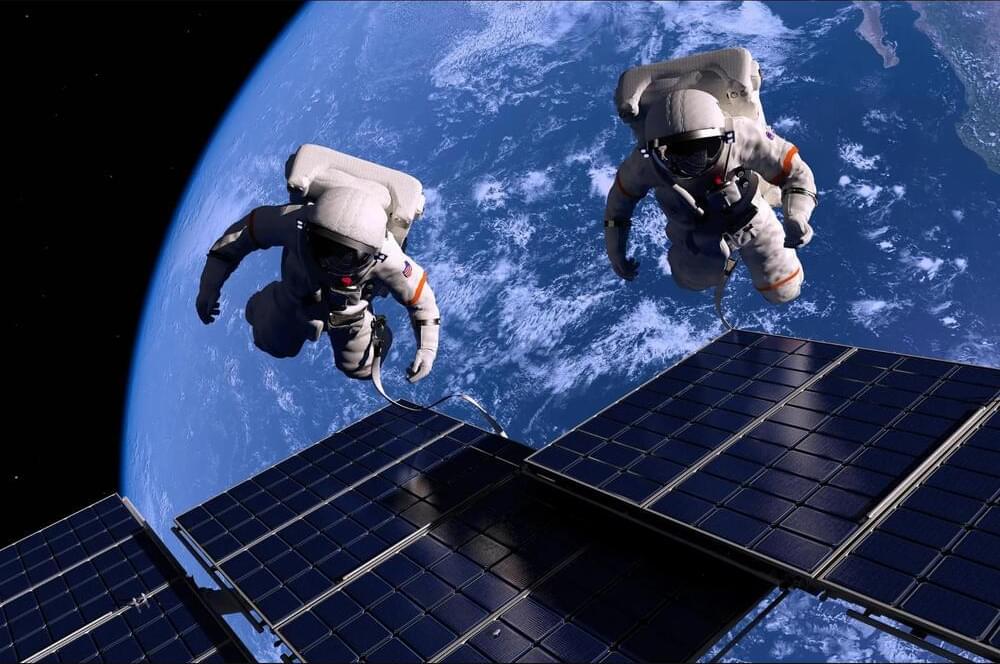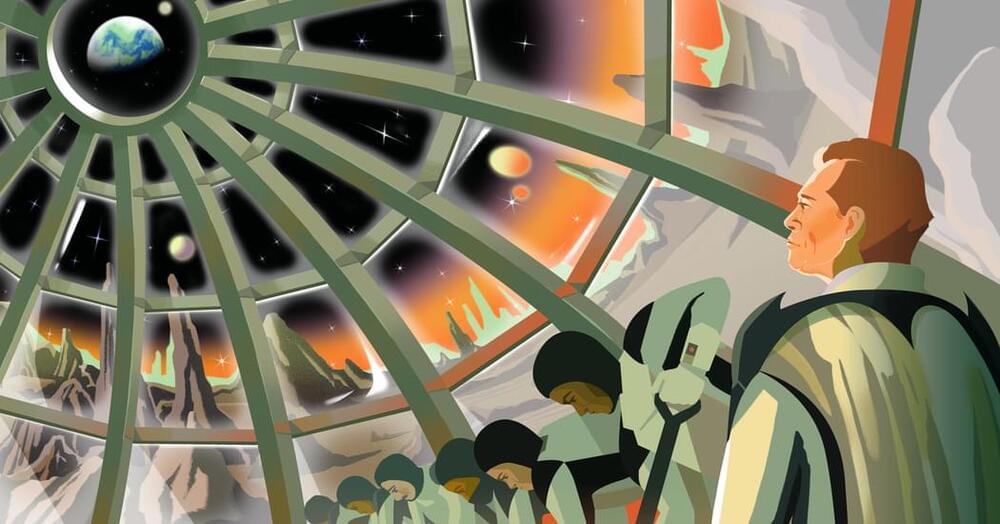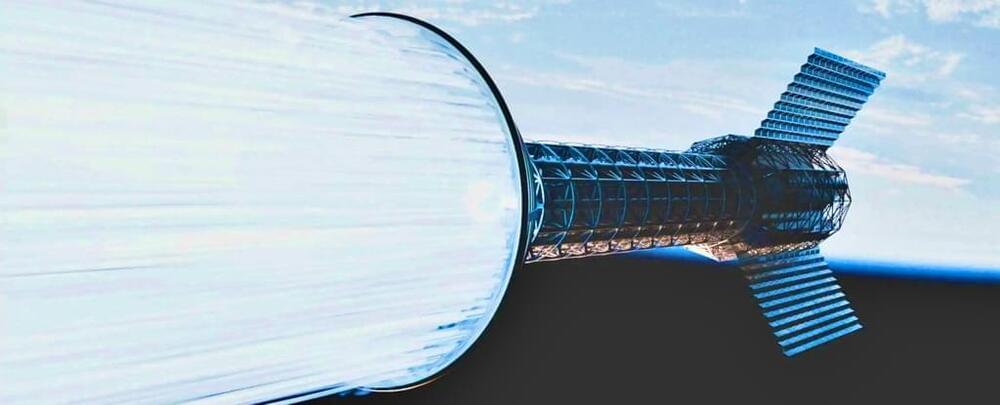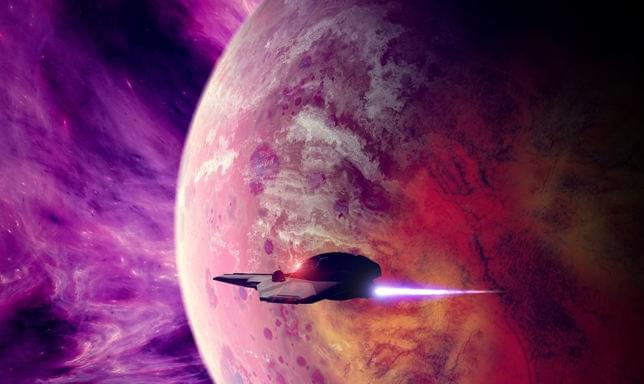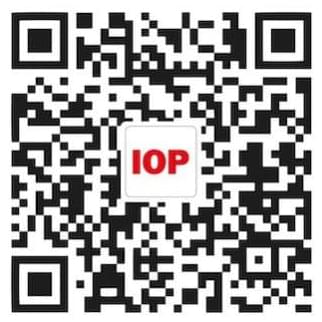BUSAN, South Korea — A NASA smallsat mission to Mars remains on track to launch this fall, although without a specific launch date yet.
In a presentation at the Committee on Space Research (COSPAR) 45th Scientific Assembly here July 15, Rob Lillis of the University of California Berkeley Space Sciences Laboratory said the Escape and Plasma Acceleration and Dynamics Explorers (ESCAPADE) mission was still scheduled to launch within a few months on the inaugural flight of Blue Origin’s New Glenn rocket.
ESCAPADE features two identical smallsats, called Blue and Gold, that will go into orbit around Mars. The spacecraft carry instruments to study the planet’s magnetosphere and its interaction with the solar wind.
